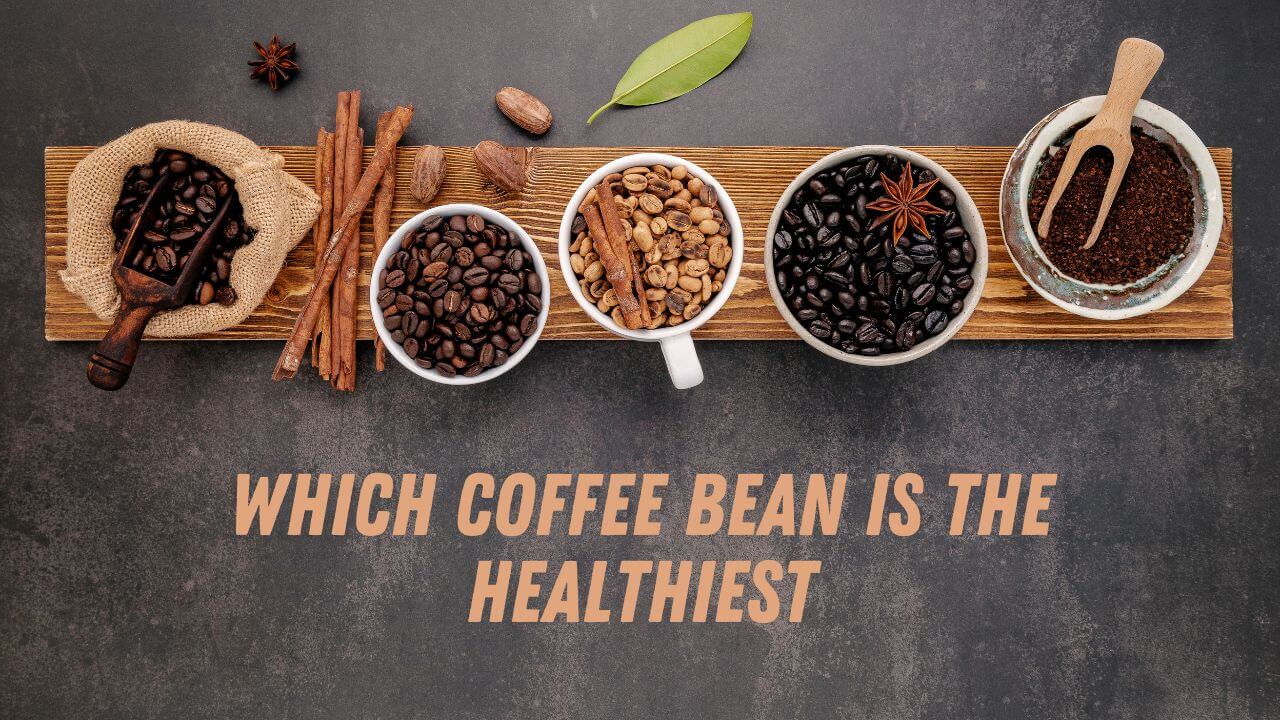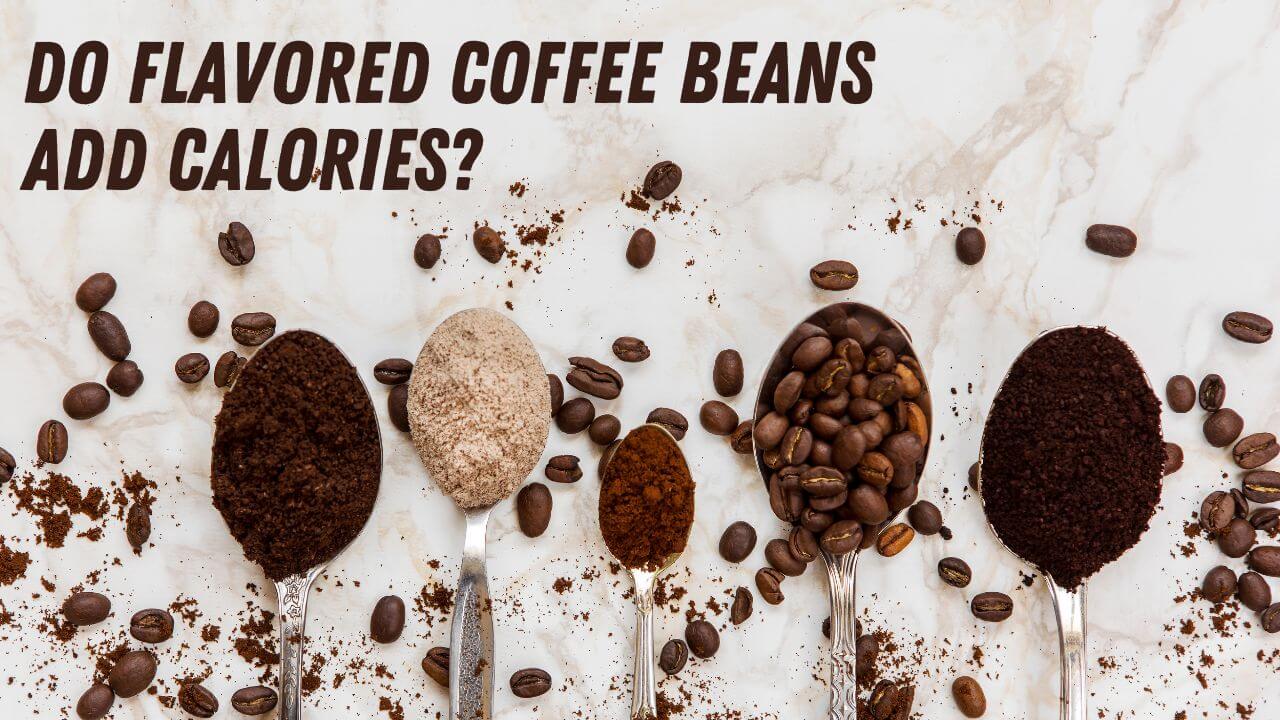When it comes to coffee beans, there’s a lot of debate about what they should look like. Should they be dry and pale, or oily and dark?
The appearance of coffee beans can tell us a lot about the flavor and aroma that we can expect from our cup of joe. Oily beans often produce a more bold flavor with more intense aromas, while dry beans tend to bring out more subtle notes in the cup.
Both types have their benefits, but which one is right for you? Read on to find out more!
Different Types Of Coffee Beans
Coffee beans come in a variety of shapes, sizes and types. Some are light in colour, with a dry texture, while others are dark and oily. The type of bean used for brewing coffee depends on the flavour desired.
Light roasts often have a sweeter, more subtle taste than darker roasts. Darker roasts tend to be richer and more robust due to the Maillard reaction that occurs during the roasting process. This reaction breaks down some of the sugars and oils in the beans, resulting in an oilier texture and deeper flavour. Additionally, dark roast beans may contain higher levels of caffeine because they are roasted for longer periods of time.
The choice between a dry or oily coffee bean will ultimately depend on personal preference and desired taste. Depending on whether you prefer a light or dark roast, one type may suit your tastes better than the other. Experimenting with different types can help you find the perfect roast for your coffee-drinking needs.
Benefits Of Dry Beans
Coffee beans that are dry offer a range of benefits that make them worth considering.
Firstly, they are much easier to store than oily beans. Since they don’t contain the extra oils, they can be kept in airtight containers without fear of spoilage or rancidity.
Secondly, they are much simpler to roast. The lack of extra oil means that all you have to do is pay attention to the temperature and time rather than having to adjust for the presence of oil.
Finally, dry beans often have a more intense flavor and aroma than their oily counterparts. This makes them ideal for those who want a bolder cup of coffee.
With these advantages in mind, it’s easy to see why many people prefer dry coffee beans over their oily counterparts.
Benefits Of Oily Beans
Moving on from the benefits of dry beans, it’s important to look at the advantages of oily beans as well.
Oily beans have their own unique set of benefits that make them a viable option for many coffee drinkers. For starters, they are often much easier to roast than dry beans due to their higher fat content. This allows for a more even roast and can often result in a smoother cup of coffee.
Additionally, oily beans tend to retain their flavor longer than dry beans because the oils act as preservatives and help lock in the flavor. Another benefit of using oily beans is that they often have more intense flavors than dry ones. Oils are known for carrying more complex flavors so when used in roasting, they can bring out deeper notes and nuances that may not be achieved with dry beans alone.
Also, since the oils help protect the bean’s natural flavor during roasting, you can rest assured that your coffee will taste just as flavorful with each cup. Overall, oily beans offer some distinct advantages over dry ones and should be given special consideration by any serious coffee lover. Whether you’re looking for an intense flavor profile or simply need something that will last longer without losing its flavor over time, an oily bean could be just what you’re looking for.
Roasting & Flavor Profile
Roasting coffee beans is an essential part of the flavor profile. Depending on the roast, the beans can look very dry or oily.
Lighter roasts will appear dry and have a more acidic taste, while darker roasts will be oily looking with a richer flavor. Temperature is key when roasting beans to get the desired outcome. Too low of a temperature and beans don’t reach their full flavor potential; too high of a temperature and they will be burnt and bitter.
The amount of time that beans are roasted can also affect the flavor profile. Roasting for shorter periods of time will result in lighter bodied coffees, while longer roasts will bring out more intense flavors and spice notes. Additionally, the type of coffee bean used can provide additional nuances in the cup such as chocolate or nutty undertones.
Regardless of how long you choose to roast your coffee beans or what type you use, it’s important to remember that freshness is key to achieving maximum flavor potential from your brew. If you buy pre-roasted beans, make sure that they are recently roasted so that all the aromatic properties remain intact for optimal taste!
Choosing The Right Beans For You
When it comes to choosing the right coffee beans, there’s a lot to consider. From their origin and roast style to their flavor profile and aroma, each factor plays an important role in deciding which type is best for you.
So, should coffee beans look dry or oily? The answer depends on your preference and the type of bean you choose.
The dry-looking beans generally come from Central America or Colombia and are roasted lightly. These tend to have a mellow flavor with subtle hints of nuttiness and acidity.
On the other hand, oily beans usually come from Africa or Indonesia and have been roasted more intensely. They tend to be bolder in flavor with complex notes of chocolate, spice, and sweetness.
No matter what type of bean you choose, it’s important to keep an eye out for freshness. The fresher the bean, the better the taste will be when brewed into coffee. Check for any discoloration or moisture as these can be signs that the beans are past their prime.
With so many different types available, take your time experimenting until you find the one that suits your palate best!
Conclusion
When it comes to choosing the right coffee beans for you, it’s all about personal preference.
I prefer dry beans for their more intense flavor and light body, but others may find that oily beans provide a smoother, richer cup of coffee.
Ultimately, the decision is yours and depends on what kind of flavor you’re looking for in your cup of joe.
It’s worth experimenting with different types of beans so that you can find the perfect roast for you.





